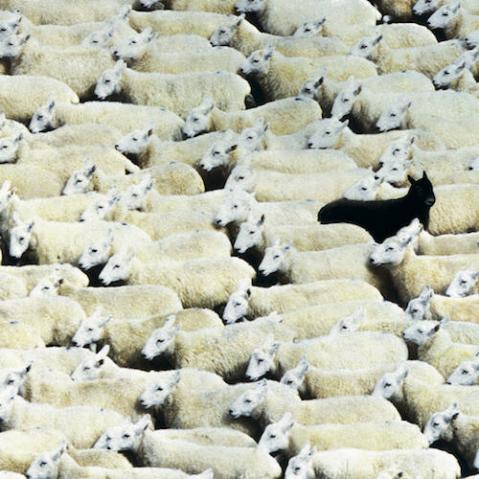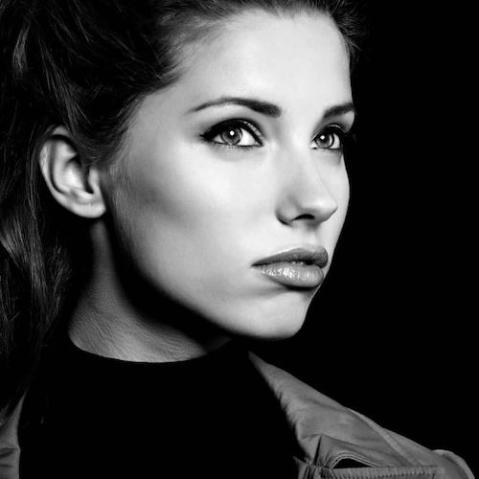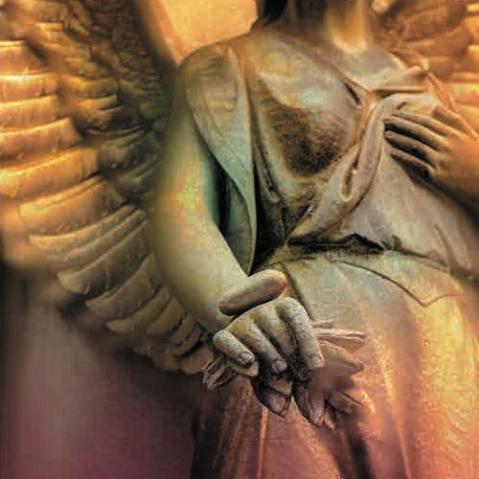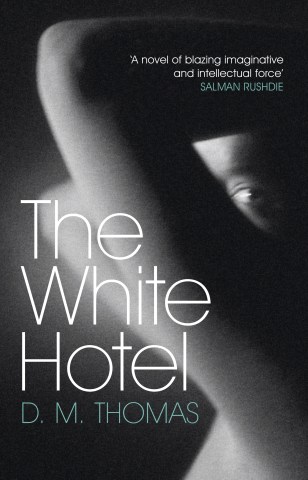Moving water: sharp or blurred?
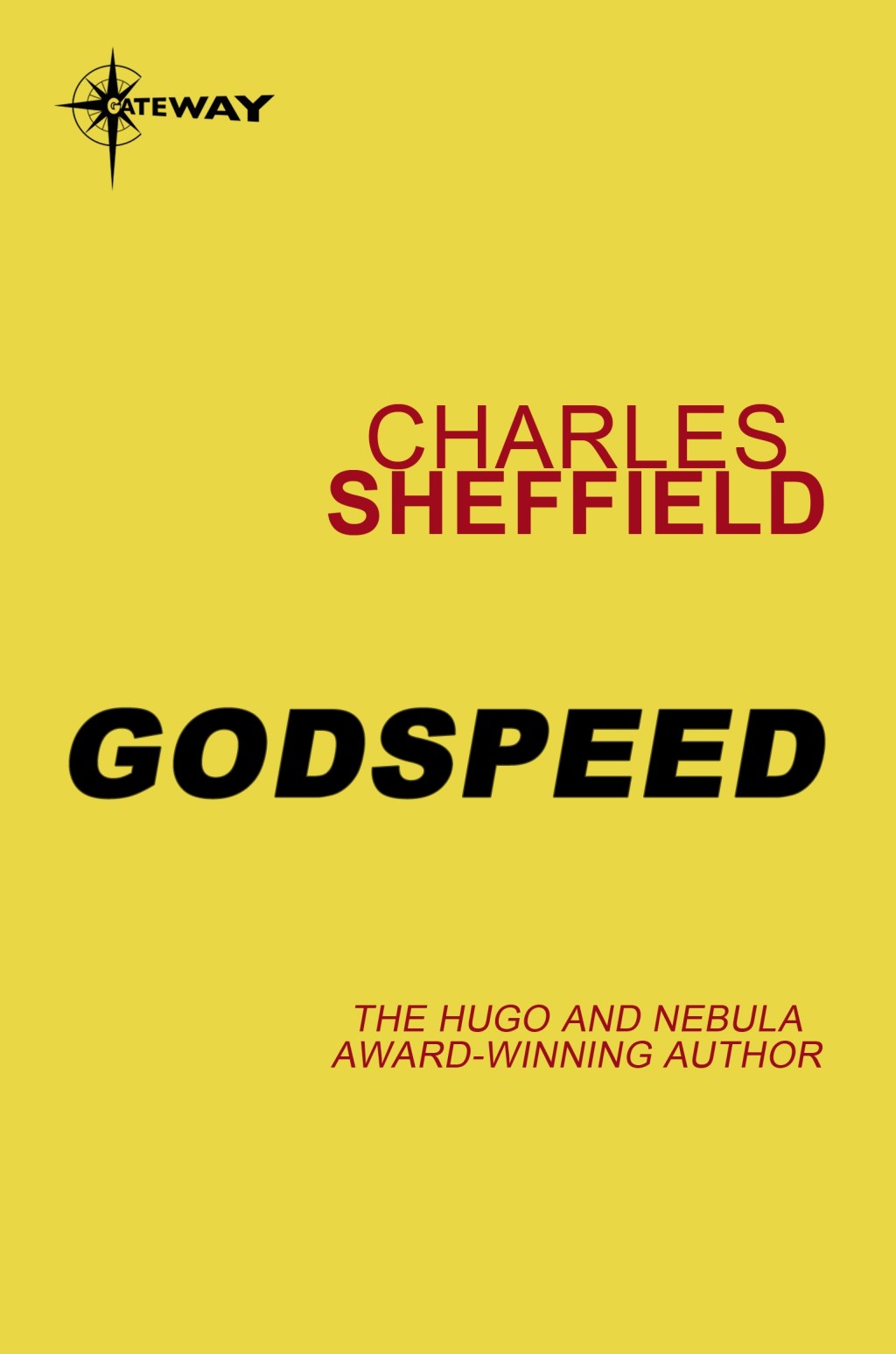
The power of a cascading waterfall or the pounding of stormy seas can be difficult to capture in an image. But by using different shutter speeds, you have the choice of freezing the movement of the water, or retaining some of the energy and excitement of moving water.
 Silken seas: Slower shutter speeds, creating longer exposures, are considered to give water a more artistic look, and retain the motion and energy of the water. (Photo by Eric70.)
Silken seas: Slower shutter speeds, creating longer exposures, are considered to give water a more artistic look, and retain the motion and energy of the water. (Photo by Eric70.)
A fast shutter speed, such as 1/250 second and faster, will freeze motion, which can be great for capturing the spray and water droplets from crashing waves, or retaining the surface texture of ripples and waves. Conversely, shutter speeds of 1/50 second and slower, with the use of a tripod, will create a blurred effect on moving water, which captures some of its movement and energy, and smooths out surface texture. Furthermore, long exposures of a matter of minutes can turn raging seas into flat, ethereal layers of mist, creating unusual and creative effects, especially when juxtaposed against still elements such as boulders, jetties, or driftwood that will remain dead still.
There are obvious practical reasons that landscape photographers tend to favour slower shutter speeds. You often have ample time to set up and use a tripod, which allows the use of much longer shutter speeds in the first place. Additionally, landscapes often call for the use of narrow apertures (for maximum depth of field) and low ISOs (for optimal image quality) that, in anything less than bright, direct sunlight, necessitate a longer shutter speed in order to avoid underexposure.
 Shutter speed makes a significant difference to the look and feel of moving water. In this image a faster shutter speed retains the motion of the waves, but also retains a more realistic feel. (Photo by Somchaij.)
Shutter speed makes a significant difference to the look and feel of moving water. In this image a faster shutter speed retains the motion of the waves, but also retains a more realistic feel. (Photo by Somchaij.)
Breaking waves on a beach, for example, are considered by many to be far more aesthetically pleasing if they are blurred by slow shutter speeds. At speeds of slower than 1/30 second, the patterns of the currents and foam created by waves, for example, blur into pleasing swirls and patterns that can be employed to create interest, or as compositional aids.
Much longer exposures, of a few minutes for example, will smooth out distracting choppy water, by turning the surface into an ethereal milky layer of mist. The effect is a matter of taste, but is currently in vogue with many landscape photographers. This smoothing or blurring effect can instil a sense of mystery or calm to the image, adding another useful technique to the repertoire. The latter two techniques can be useful when the light or weather is far from ideal.
Slow shutter speeds will also capture the sense of motion in streams or over waterfalls, producing dynamic images that portray the energy and movement of water. A shutter speed of around 1/30 second can freeze some parts of the water, while blurring faster moving currents or, for example, when shooting waterfalls, striking a balance between realism and portraying the sense of energy and motion.
 For this image, a long exposure, of a matter of minutes, turns the water surface into an ethereal sea of mist. (Photo by Somchaij.)
For this image, a long exposure, of a matter of minutes, turns the water surface into an ethereal sea of mist. (Photo by Somchaij.)
Although these shutter speeds are guidelines, the amount of blur and the overall effect will be dictated by many factors, including the speed of movement of the water, and the exposure dictated by the ambient light levels. Many landscape photographers switch their camera to Shutter Speed Priority, with camera on tripod, and take a range of shots of the same scene using a different shutter speed.
If ambient light levels are too high to allow a slow shutter speed, because conditions are bright for example, it is possible to attach a solid (non-graduated) neutral density filter to the front of the lens. Solid ND filters are available in a range of strengths, and act to reduce the exposure by a set amount, commonly from 1—4 f-stops (in one-third f-stop increments). So, for example, if the camera is set to ISO 100 and ƒ/16, and the slowest shutter speed possible is 1/125 second, a 3 ƒ-stop ND filter will reduce the same settings to 1/15 second. Special effect ND filters are even available to reduce exposure by 10 ƒ-stops, which can create eye-catching effects even in daylight.
Essential reading material for an irresistible subject, Photo School: Landscape, by Michael Freeman and Gary Eastwood is packed with stunning landscape from around the world and full of tips an techniques to improve your photography. Get motivated by numerous and specific shooting challenges, and be inspired by sample work from fellow photography students, with critical evaluations of the results to improve your understanding of the core concepts.
 Photo School: Landscape
Photo School: Landscape
Michael Freeman and Gary Eastwood
Buy it now!
RRP for print edition: £17.99

